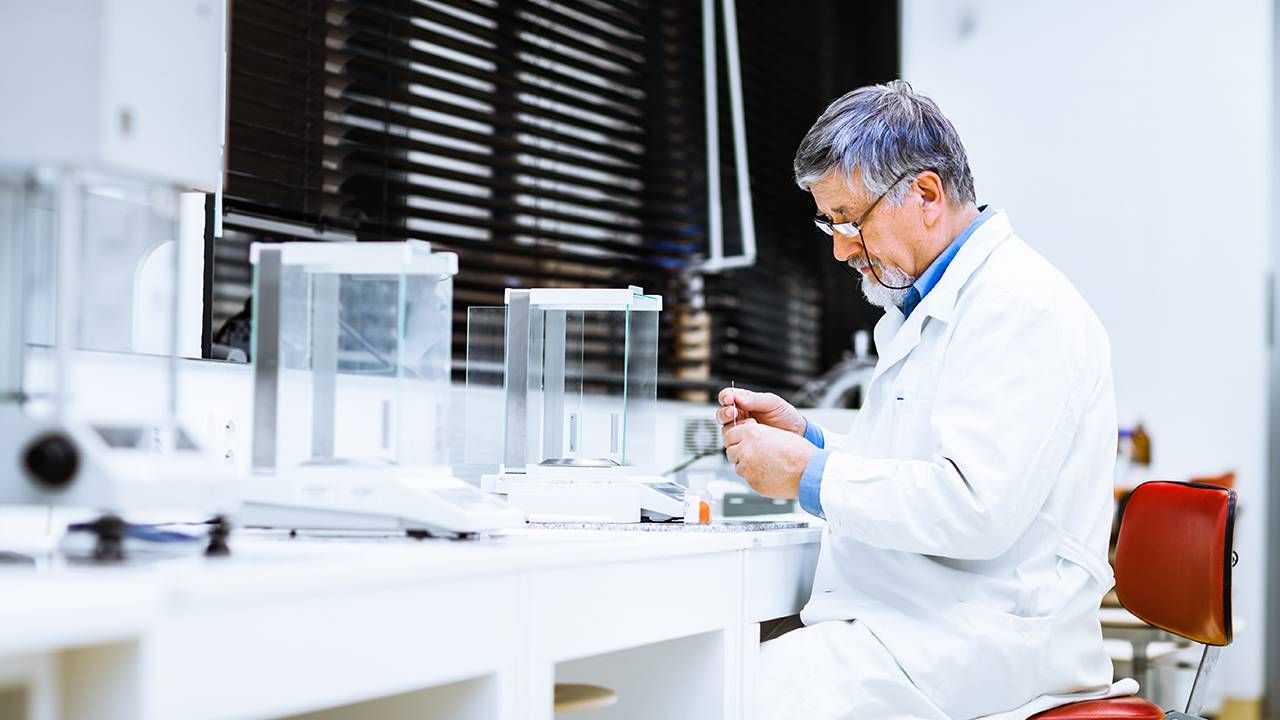Ways to Read Health News Like a Scientist
5 tips to help you avoid misunderstanding what health studies really mean
We are bombarded by health news these days, often accompanied by provocative but misguided headlines. So, it can be difficult to navigate the quantity and quality of health information. But you don't have to be a scientist to read like one.

Here are five tips to help you read and listen to health news the way a scientist would so you can process the information appropriately to stay healthy:
Tip No. 1: If the news comes as a personal endorsement from a television doctor on an entertainment show, an athlete or a celebrity, treat it with a mountain-size grain of salt. You want to get your health news and information from trusted professionals in the health and science fields.
Sometimes, even good sources of health news get carried away in their headlines.
Tip No. 2: Be skeptical of headlines and teasers that overpromise. They are designed to get your attention, nothing more. Read the whole article or listen to the whole report so you can then see whether the "news" report is reliable.
Sometimes, even good sources of health news get carried away in their headlines. Take this one from The New York Times: "The Secret to Longevity? 4-Minute Bursts of Intense Exercise May Help." That certainly got my attention. If I could get all the exercise that I need in a few daily 4-minute bursts, I want to know about it. However, the key word in the headline is "may."
The actual article describes an experiment (health experiments with human subjects are called clinical trials) comparing deaths among healthy Norwegians who were 70 years old. The study compared groups who either did not change their exercise habits, did regular low-intensity exercise or did four bouts of four minutes of high intensity exercise twice a week.
As a consumer like you, I asked myself: "So the article suggests that short bursts of intense exercise only twice a week will make me live longer?" But as a scientist, I did what most scientists would do and consulted the original research that inspired this article. There I learned that after five years, there was basically no difference in death rates between the groups. That was a bit disheartening after what the headline said.
By the way, good science journalism will direct you to the original work.
Tip No. 3: Note whether the research was done on humans, human cells in a dish or mice. Headlines, and even the titles of scientific papers, often neglect this essential detail. This problem has become so rampant that data scientist James Heathers started a Twitter account (@justinmice) to flag studies that were done in mice but didn't, let's say, emphasize that point.
Now, a number of scientists have followed his lead on Twitter.
I should note that we have learned a lot of things from mouse studies, but best practices for human health are not among them.
Tip No. 4: Was the study observational or experimental? Most human studies are observational. They are much easier, faster, and cheaper to do than experimental clinical trials. This means their results will be in the form of a correlation between one thing — dietary or exercise practices, for instance — and some sort of health outcome. But correlations can arise for many reasons and can even be misleading.
For instance, in the 1990s, a number of correlational studies suggested that postmenopausal hormone replacement therapy had multiple health benefits. However, when the first clinical trial was finally run, researchers found the opposite, terminating the study early in the interest of the participants' health.
Correlations are also at the root of the current uncertainty about whether vitamin D deficiency increases COVID-19 risks. There hasn't yet been time for clinical trials, so all information about this is observational.
In reality, there are many complicating factors that affect your vitamin D level: your age, whether you smoke, your dietary habits and habitual exposure to sunlight, to name a few. Your body manufactures vitamin D when skin is exposed to sunlight, for instance, which raises a host of other complicating factors such as skin color, the climate and latitude where you live and whether you are an outdoors person or not.
Scientists are comfortable living with such uncertainty, but many others are not — they want a definitive answer.
Tip No. 5: Always note a study's details. This is important whether the study is observational or experimental. The identity of its participants is particularly important.
For instance, in that Norwegian exercise study, all participants — even the controls — were healthy 70-year-olds who followed the Norwegian physical activity guidelines of 30 minutes of moderate intensity physical activity almost every day. How many 70-year-olds really do that?
The study's results might have been very different if the control group was sedentary or if some or all of the participants were obese, diabetic or had high blood pressure. The devil in any study is in the details.
The bottom line: pay close attention to the specifics of health studies. Doing so will make you a more sophisticated consumer of them and help you know whether to take the findings seriously — or not.

